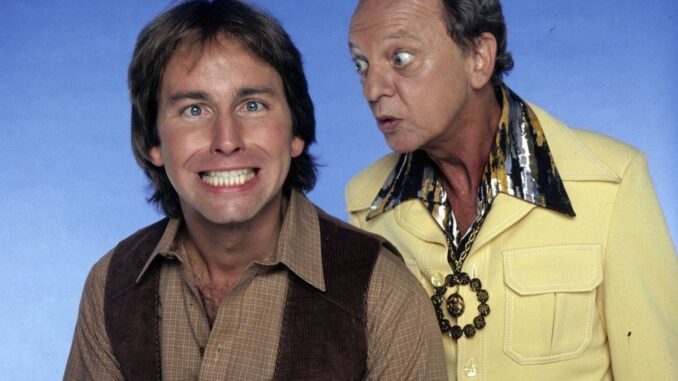
When audiences think about groundbreaking sitcoms, Friends or Seinfeld might come to mind first. Yet, without Three’s Company, the modern sitcom landscape would look very different. At its height, the show was pulling in more than 50 million viewers each week, making it one of the most popular programs of its time. But its impact extended far beyond ratings.
The premise was bold for the late 1970s: three young single adults—two women and a man—living together in the same apartment. At a time when traditional family-based sitcoms dominated the airwaves, this setup challenged conservative views about co-ed living arrangements. The show cleverly navigated the taboo by introducing a twist: Jack Tripper (played by Ritter) had to pretend to be gay in order to satisfy the landlord, Mr. Roper. While some critics at the time dismissed the storyline as silly or gimmicky, it was, in many ways, revolutionary.
Fast forward to today, and it’s easy to see how Three’s Company paved the way for ensemble comedies. The dynamic of roommates negotiating friendship, romance, and misunderstandings is mirrored in series like Friends, How I Met Your Mother, and New Girl. Even the comedic style—the exaggerated physical humor, the reliance on mistaken identities, and the rhythm of punchlines—has left its mark.
What’s also striking is the way the show reflected cultural shifts. Women characters like Janet and Chrissy were independent, working professionals, not just sidekicks or homemakers. Jack, while often portrayed as a goofball, was also a skilled chef, breaking stereotypes of men on television. Scholars who revisit the series now argue that beneath its slapstick surface, Three’s Company quietly highlighted evolving ideas about gender roles, sexuality, and independence.
With streaming platforms now making the series accessible to younger viewers worldwide, its influence is being rediscovered. For many, what seemed like a light comedy back then now looks like a show that dared to play with the boundaries of its time.
